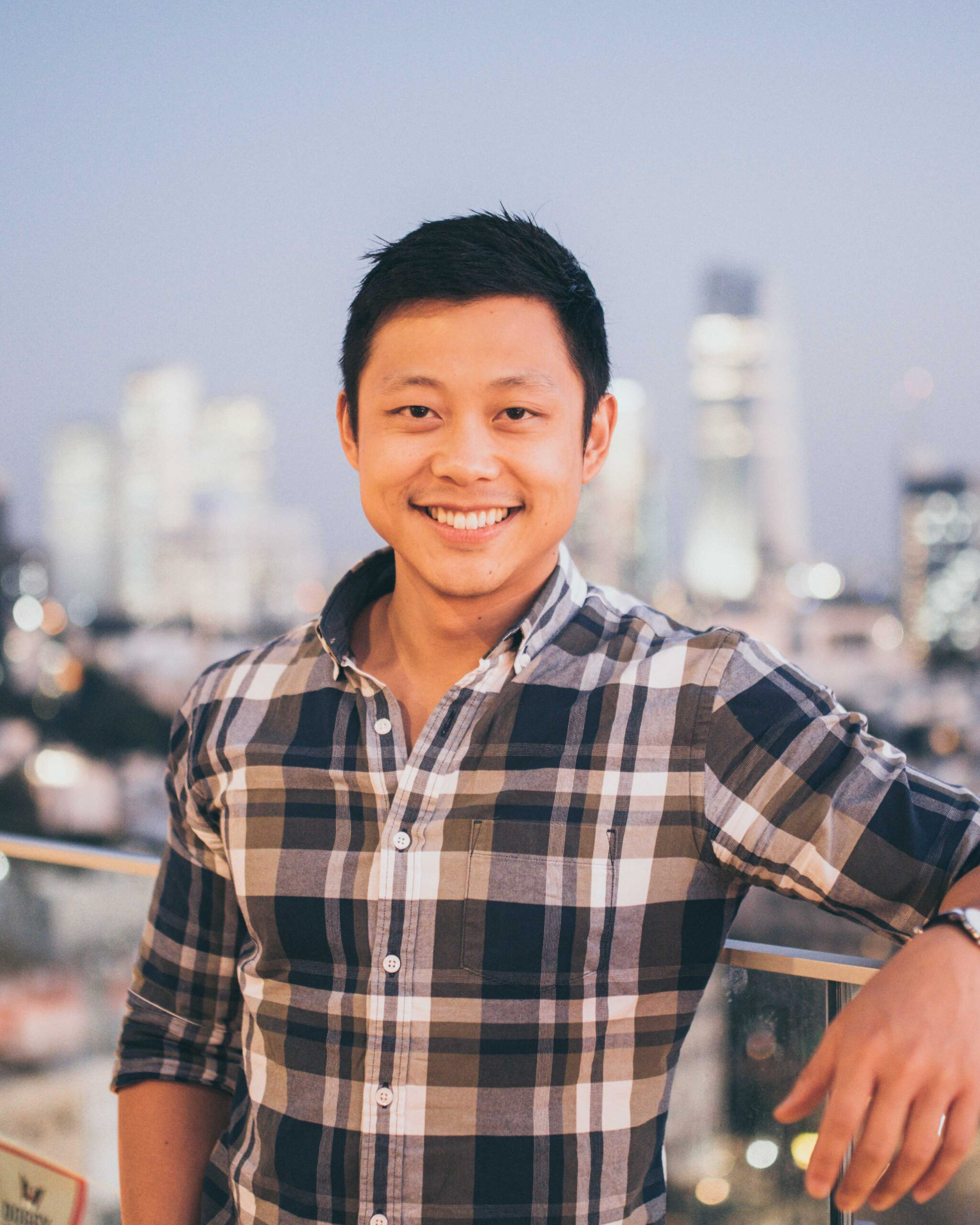
Chris Ha’s work is a visual treat to see, not only because of the passions that’s reflected in his well-composed frames, but also in the effort he puts in breaking tough concepts of post-processing in his videos. Spanning across multiple genres, his work has amassed admirers and acclaim from around the world. Asian Photography caught up with him to talk about his journey, mistakes, key learnings and more. Excerpts:
When did travel photography become more than just a hobby for you?
I’ve always loved photography. Back in my college days, I worked at a photo lab and would spend hours
studying other people’s photos, trying to understand what made them compelling. For years, I actually
focussed more on concert photography — capturing fast-paced moments in low light taught me a lot about timing, composition, and storytelling. I’ve carried a camera with me everywhere, but it wasn’t until my wife and I travelled to Japan in 2023. Travel photography really became something more. I posted a few photos from that trip on social media, and they unexpectedly went viral. That’s when I realised I wanted to take travel photography more seriously and share it as a form of art. It’s such a rewarding feeling when people connect with your work and see the beauty you saw at that moment.
What’s the first thing you learnt doing travel photography?

One of the first lessons I have learned is that the best moments in travel photography often happen when you least expect them. You have to let the scene come to you – not the other way around. That learning really showed itself during a trip to the Atacama Desert in Chile. We were driving in the early hours of the morning on our way to another location when I spotted something out of the corner of my eye. A
herd of vicuñas were quietly grazing, with the Andes mountains in the background, and the first light of sunrise casting a golden glow across the scene. It was surreal. I quickly asked the driver to pull over, grabbed my camera, and shot it right out the window. That photo ended up being one of my favourite captures. It was a reminder that sometimes the most powerful images aren’t planned – they happen when you’re fully present and ready to respond.
What are some mistakes you made early on that you wish someone had warned you about?
One big mistake I made early on was thinking I had to capture everything. I’d try to document every angle and every moment, afraid I’d miss something. But in doing that, I wasn’t really slowing down to observe or be intentional with my shots. Over time, I realised that great photography is less about volume and more about vision. It’s about waiting for the right moment, the right light, and the right feeling.
Another lesson was realising, you don’t need the latest gear to take great photos. I used to shoot on an older Canon 5D Mark III until just last year. It didn’t have all the features of modern mirrorless cameras, but it helped me master the fundamentals. Having limitations pushed me to be more creative and intentional every time I picked up the camera.
How do you handle failure or disappointment?
I’ve definitely had trips where the weather didn’t cooperate, access was restricted, or the photos just didn’t turn out the way I imagined. It’s frustrating at the moment, but I’ve learned to see those situations as part of the process. Not every shoot is going to be a win, and that’s okay.
I try to treat those moments as a reminder to stay flexible and present. Sometimes the best shots happen
when you stop chasing the original plan and start paying attention to what’s around you instead. And even if I come home without the photo I wanted, I’ve usually gained something else – a new idea, a better understanding of the location, or simply a good story. Those “misses” have helped me grow just as much as the successful shoots.
At what point did you feel confident enough to start sharing your knowledge with others?

It was after my first few travel photos went viral on Instagram. Until that point, I was mostly shooting for myself. There’s always that doubt in the back of your mind—wondering if people will connect with your work the same way you do. But seeing others respond to the photos and ask how I captured certain shots gave me the confidence to start sharing more of my process. That acknowledgement helped me realize that what I’ve learned could actually help others on their own journey. And the more I shared, the more I enjoyed being part of that creative exchange.
Was teaching always part of the plan, or did it happen naturally as you grew in your career?
It was never part of the plan, but I genuinely enjoy it. As I started sharing more of my work, people began
asking questions — about my camera settings, editing, or how I captured a specific moment. I realised I liked helping others figure it out. It’s fun to support someone in their own creative journey and help give them the confidence to share their art. The world just feels richer when more people are showing how they see things in their own unique way.
Has teaching others ever helped you see your own work in a new way?
Absolutely. Teaching forces you to slow down and really think about why you do what you do. When I break down my process for someone else, it makes me more intentional with how I shoot and edit. Sometimes I’ll explain something I do out of habit, and in doing so, I realise there’s actually a more efficient or creative way to approach it.
It’s also inspiring to see how other people interpret the same scene or technique differently. That perspective reminds me to stay curious and keep evolving. Teaching isn’t just about giving knowledge – it’s a two-way exchange that keeps me learning too.
What’s one piece of advice you always give to new photographers, no matter where they’re starting from?

Just start shooting and get your work out there. Don’t wait until everything feels perfect. The best way to grow is by doing, experimenting, and learning as you go. And don’t be afraid to share your work, even if it feels daunting at first.
Putting your photos out into the world, especially on social media, can feel intimidating. You might worry
about what others will think or whether your work is “good enough”. But the truth is, sharing your art is part of the process. It helps you build confidence, get feedback, and find your voice. Everyone starts somewhere, and the only way to improve is to keep showing up.

